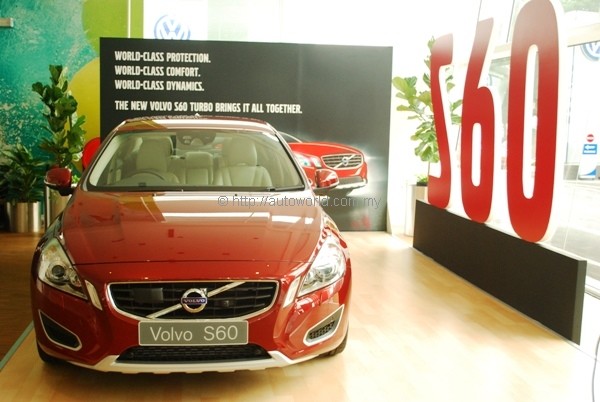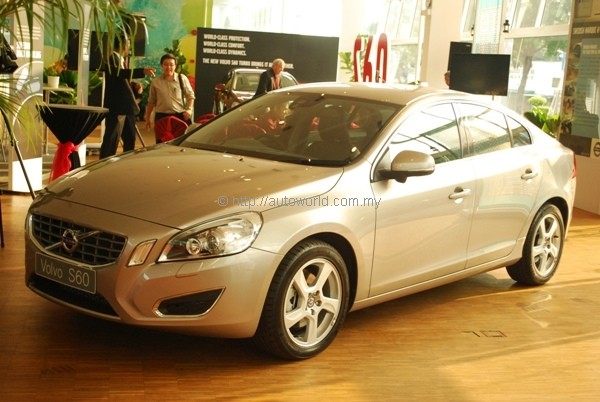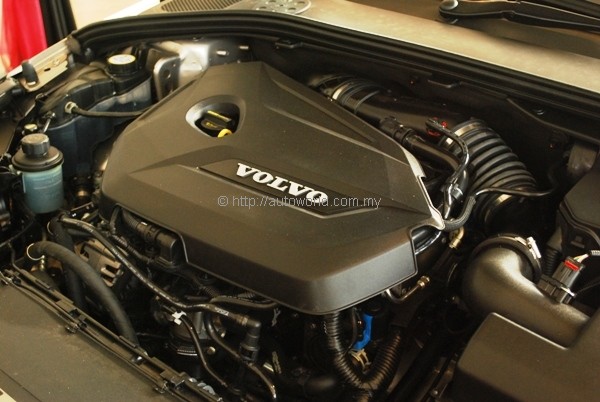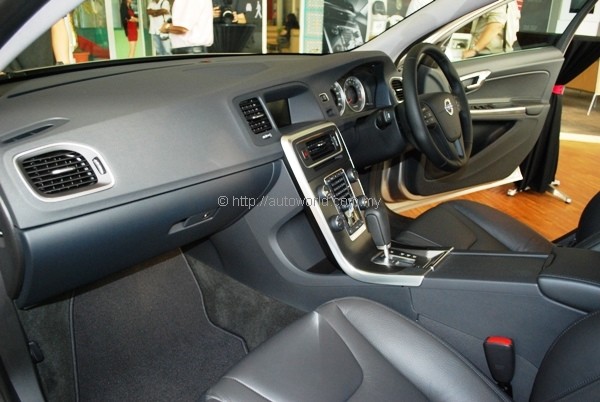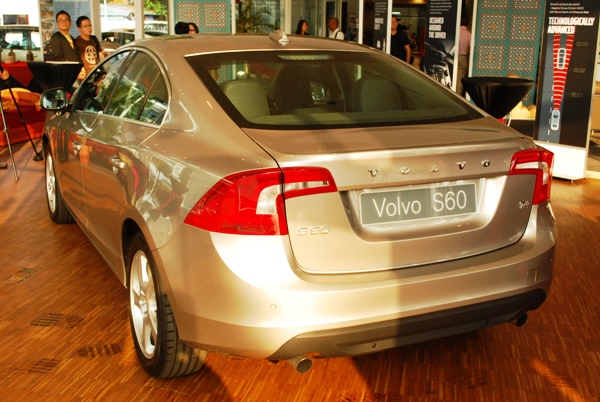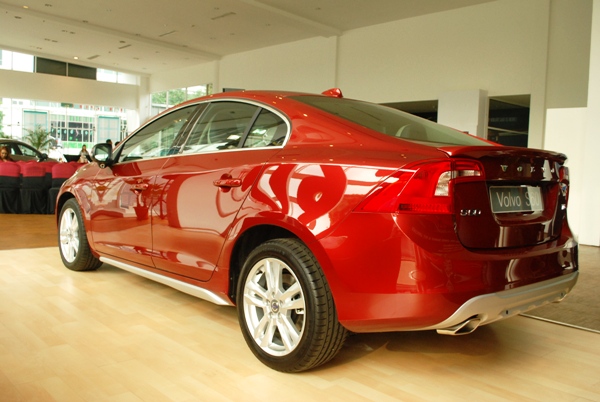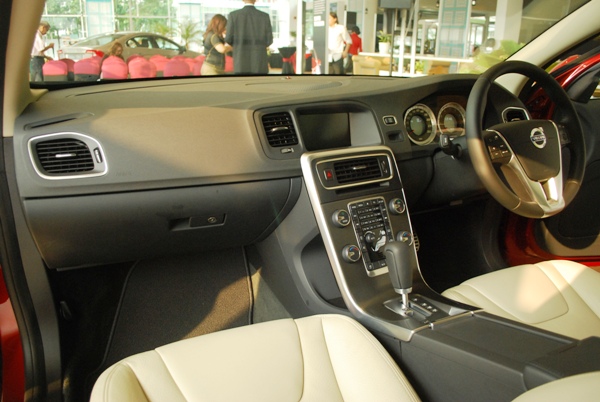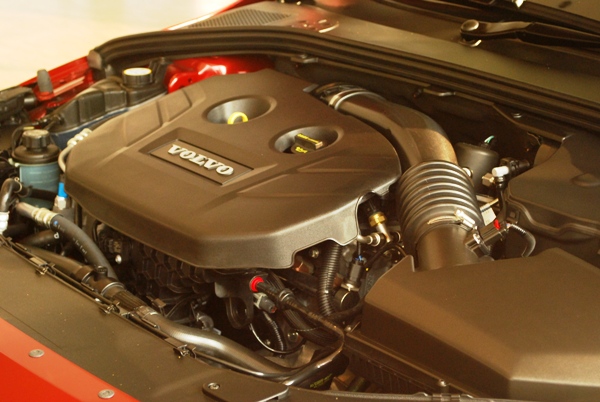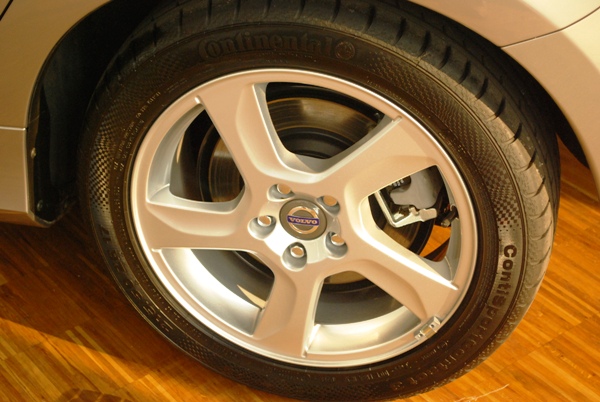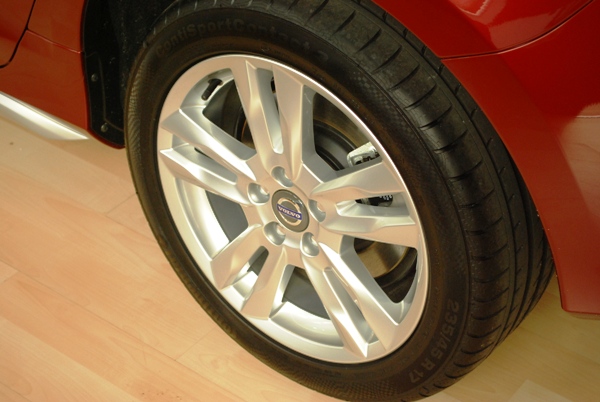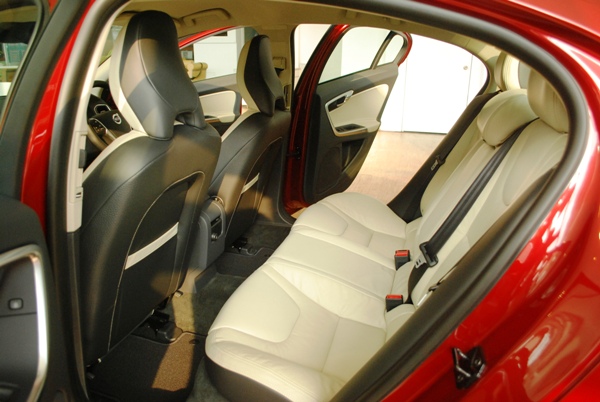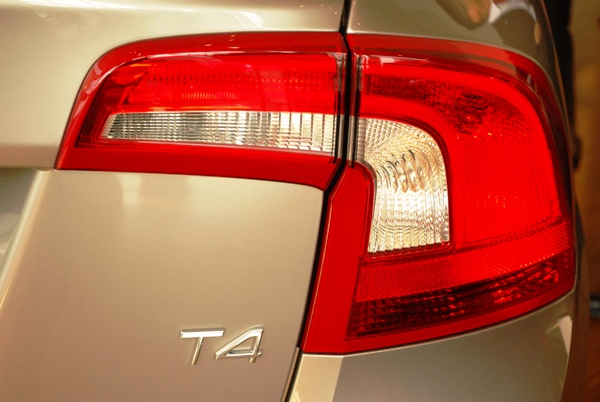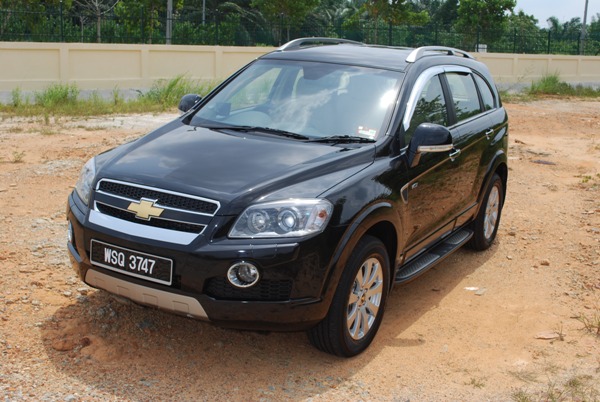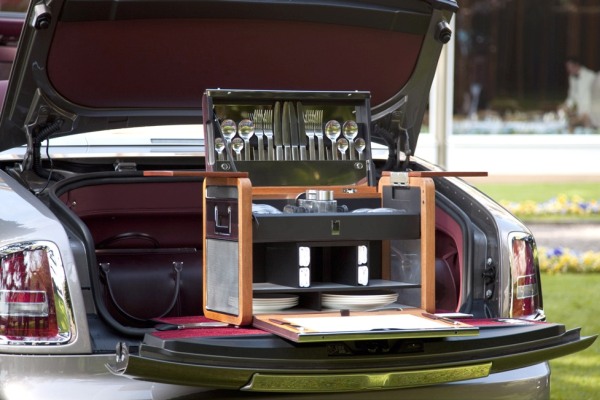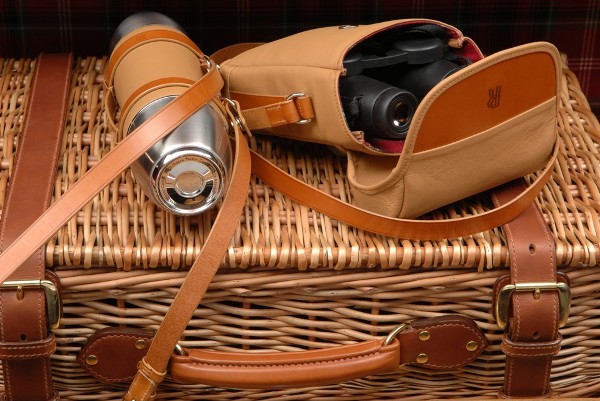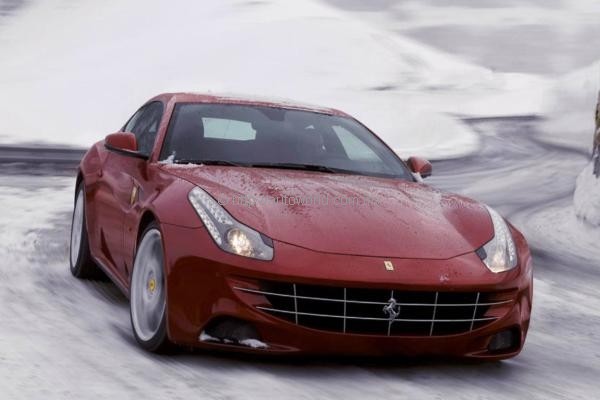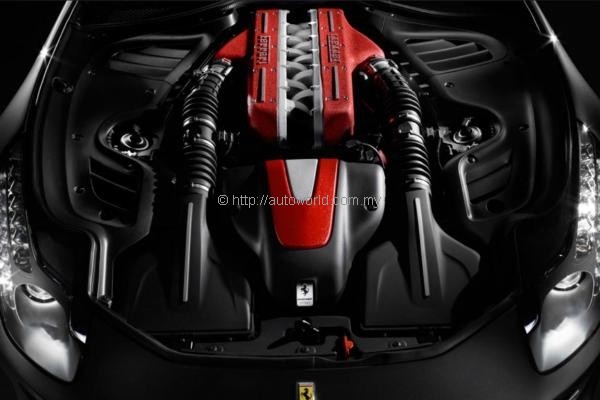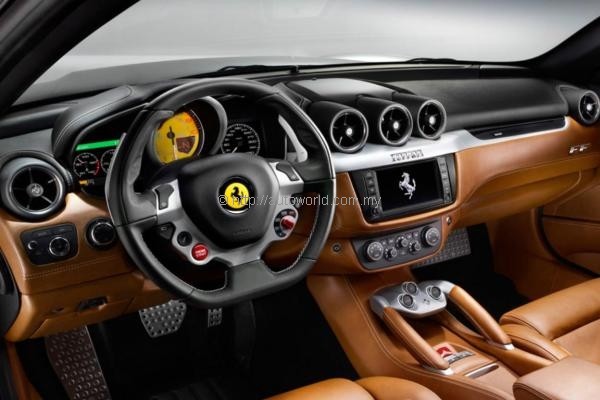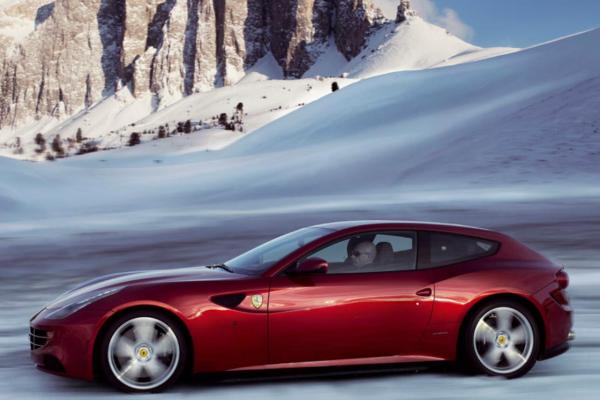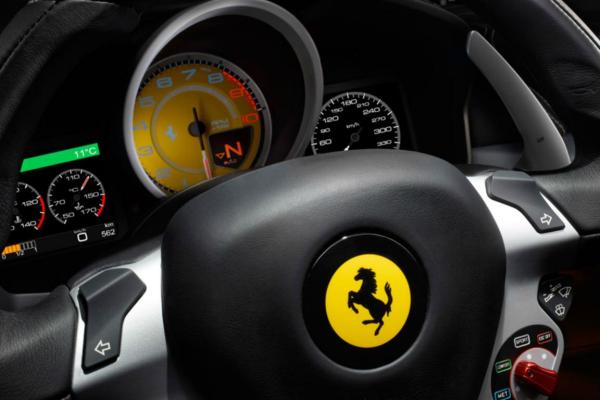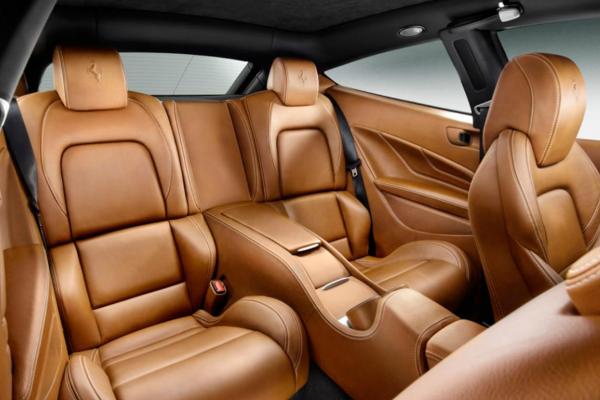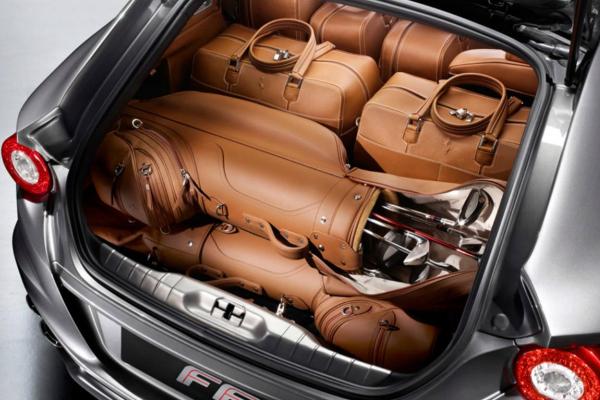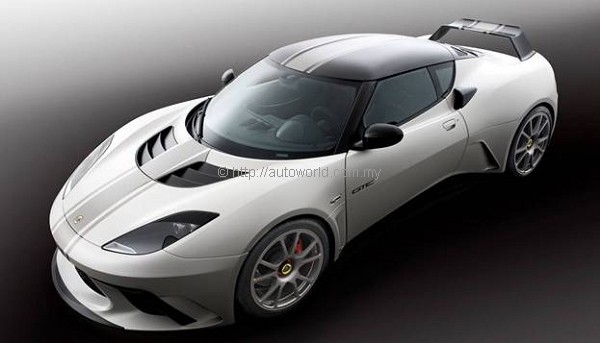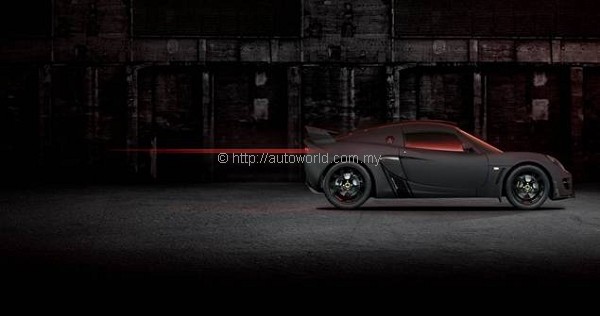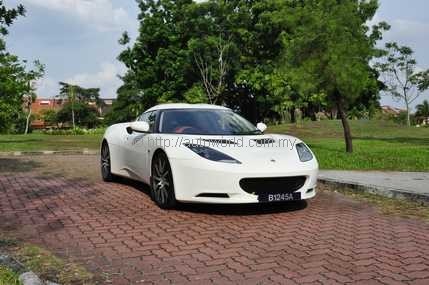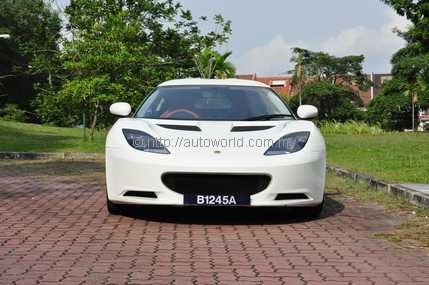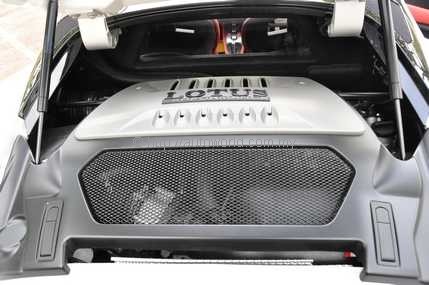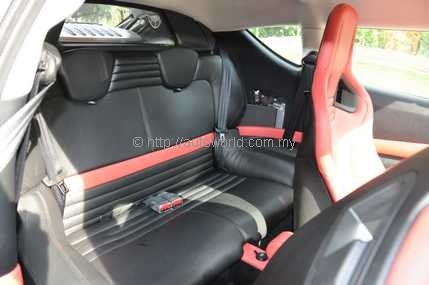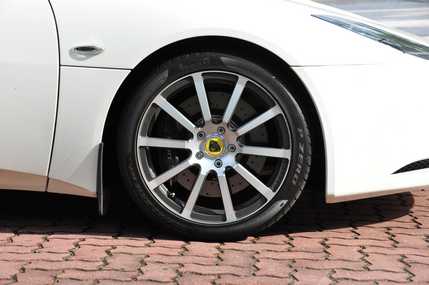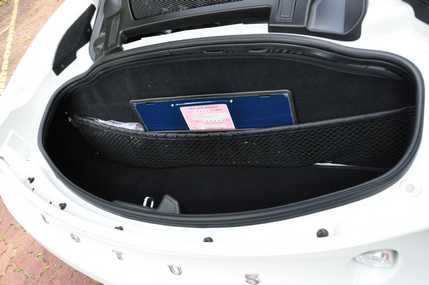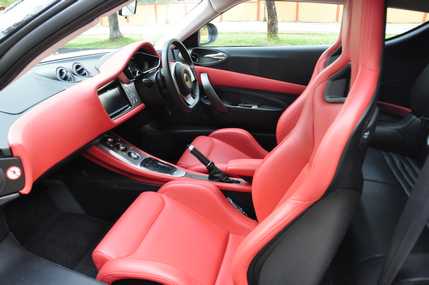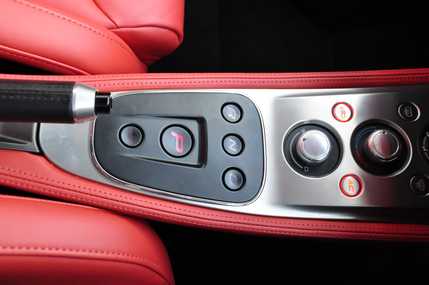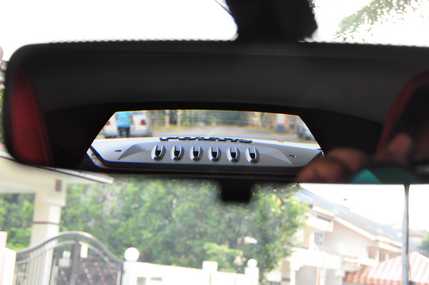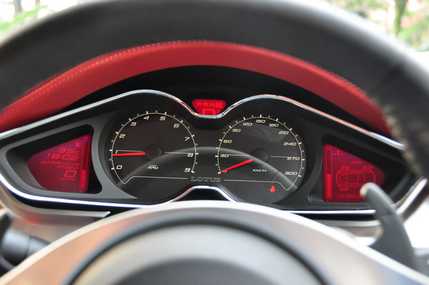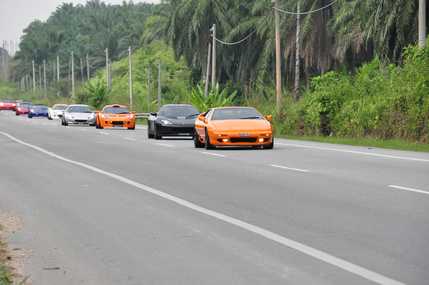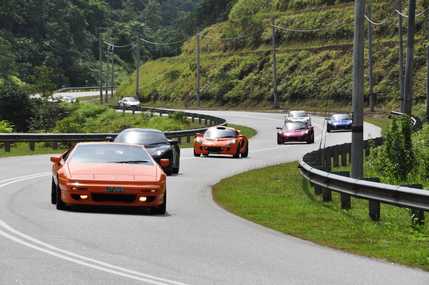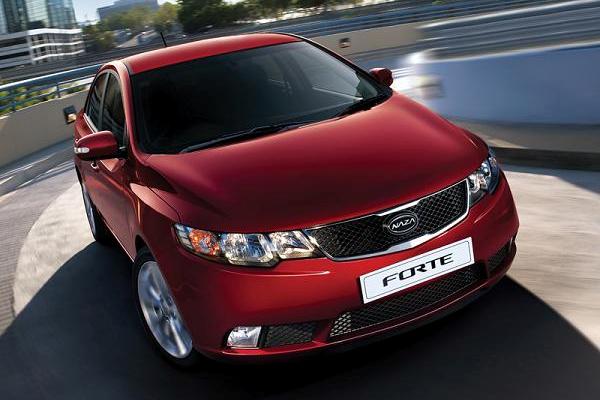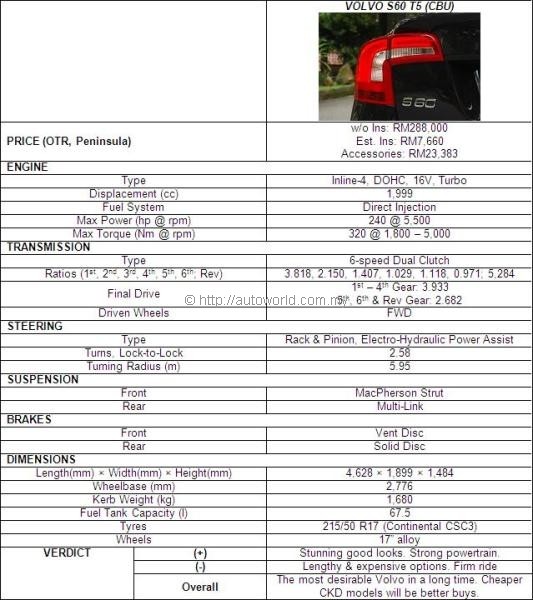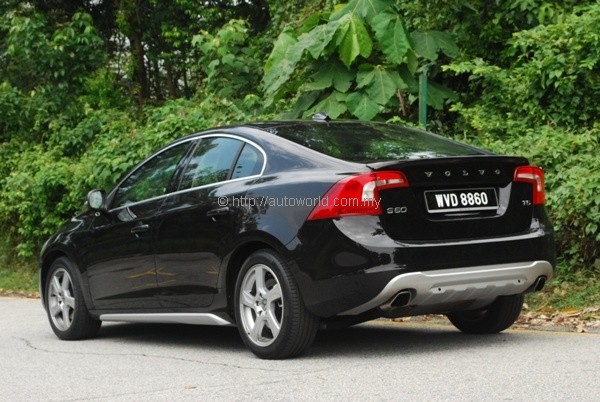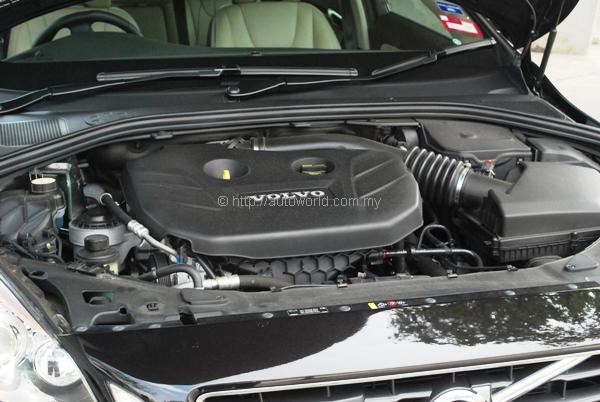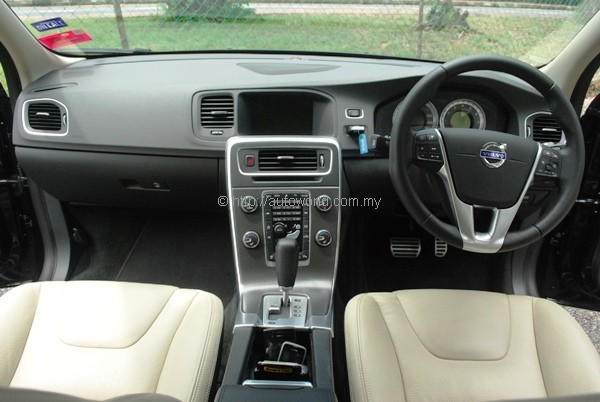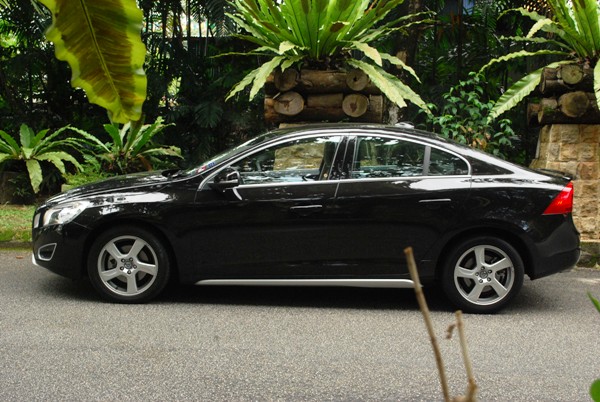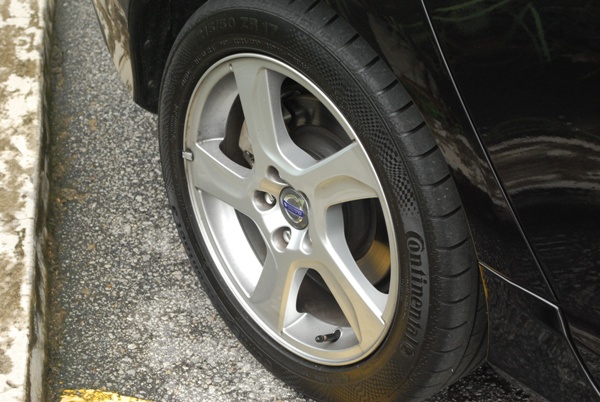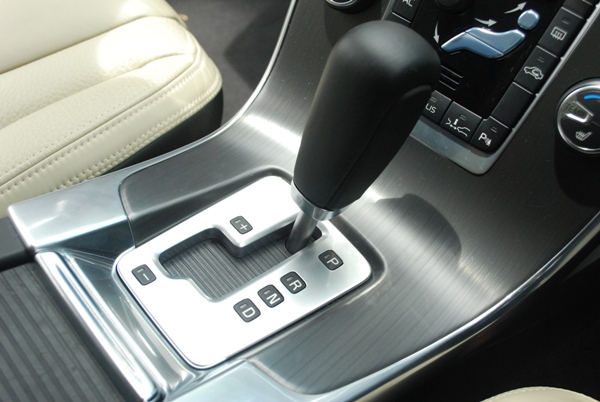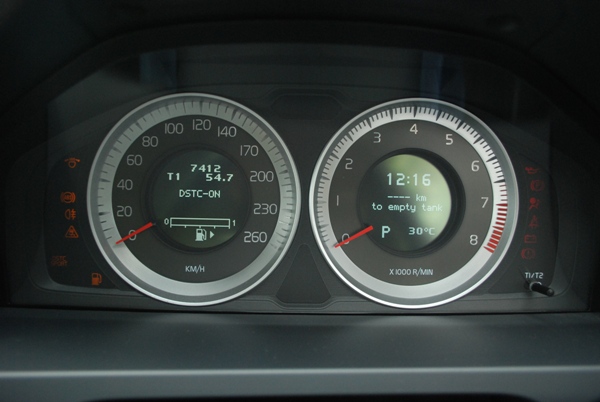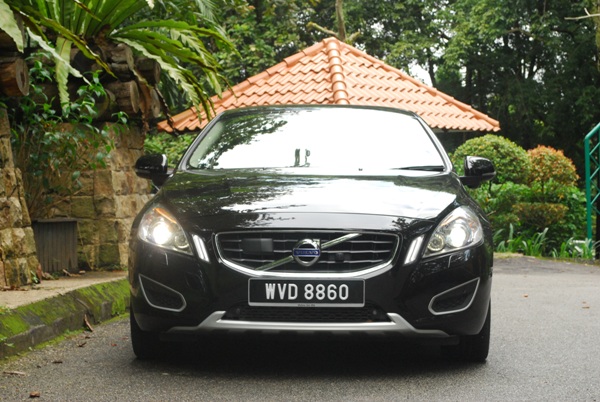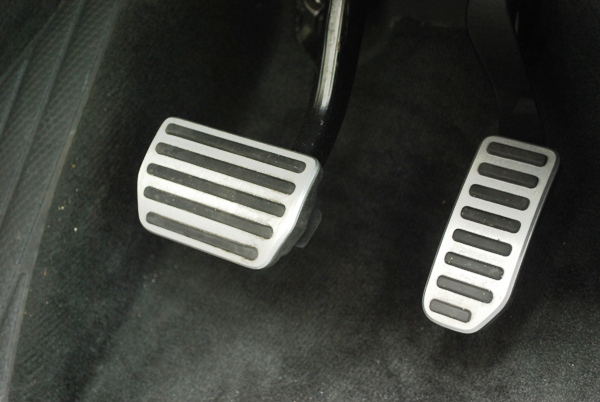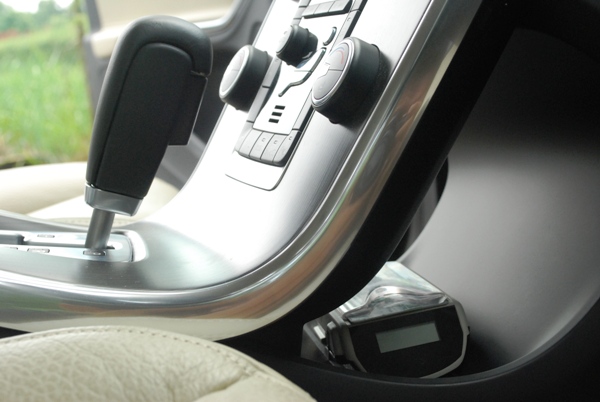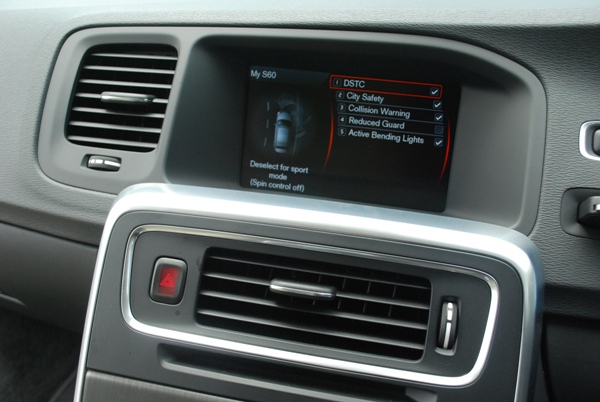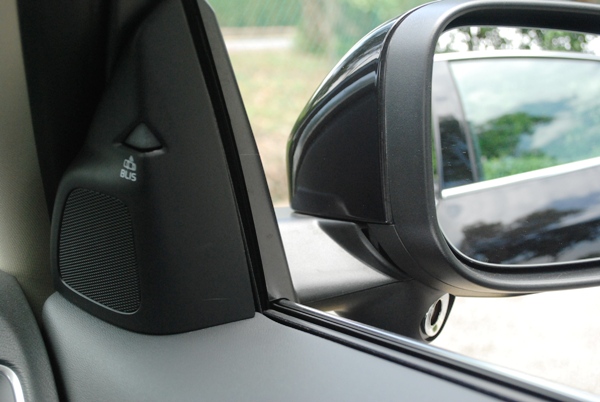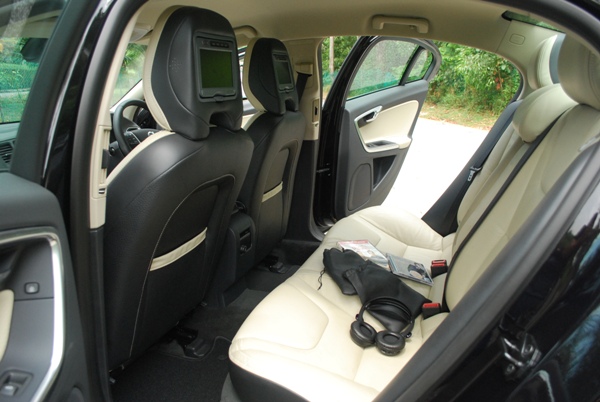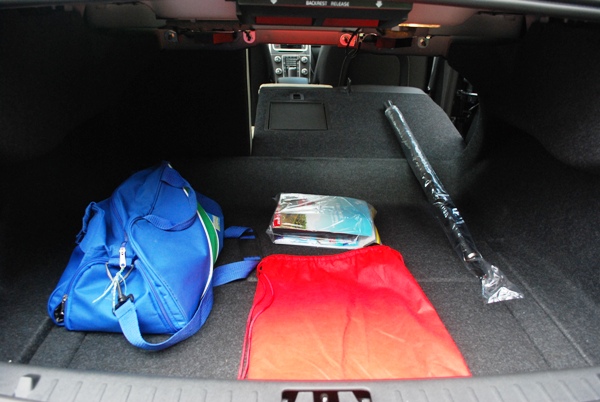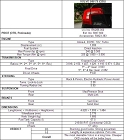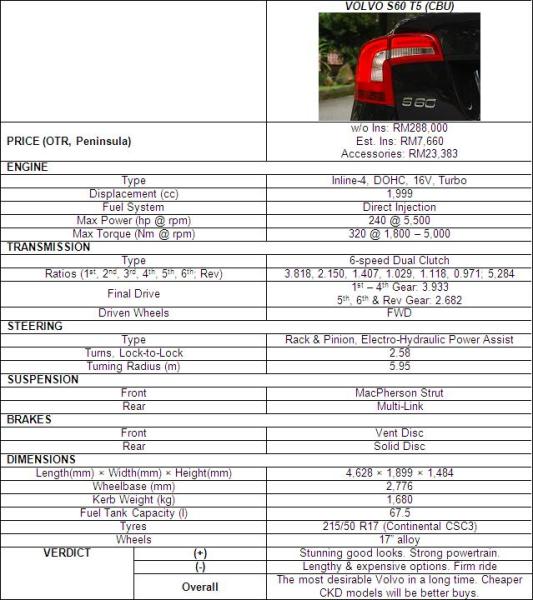For years, Volvo have prided themselves as being the custodians of safety in the automotive world. They were the ones who pioneered the introduction of three-point seat belts, and then generously shared that patent with the rest of the world without charging any fees. Today, even with developments like ABS, side impact beams, airbags, traction control and whatnot, the three-point belt remains as the most important safety equipment in your car.
That Volvo are still the masters of safety is beyond anyone’s doubt, but the problem is that car makers like Mercedes-Benz, BMW, Renault, and the Volkswagen Group have gotten pretty good at designing safe cars themselves, all regularly producing cars that bag five stars from EuroNCAP. So, while a focus on safety is a noble approach, that on its own is clearly not enough when rival products have comparable competence that area and boast an extra couple of tricks by the side.
In the face of such developments, Volvo saw the need to widen its appeal, and the first step in that direction was the stylish XC60 SUV, which was launched to critical acclaim and overwhelming demand. The XC60 was then followed by the equally stunning all-new S60 that made its world debut at the Geneva Motor Show last year and arrived here in Malaysia earlier this year. According to Volvo, the S60 is not only their best-looking car yet, it is also their most dynamically capable vehicle ever.
 |
| Volvo’s sleekest design in recent memory |
What’s on offer
The Malaysian launch spec S60 was offered in two fully imported variants, T5 and T6, with asking prices of RM288,000 and RM348,000 respectively before insurance. Recently, Volvo Car Malaysia (VCM) announced that CKD variants will hit the road soon and order taking has already begun.
Buyers will continue to be presented with the choice of two S60 variants, but the T6 AWD model will not be rolling out from Shah Alam. Instead, the S60’s locally assembled line-up will be revised to feature the 1.6-litre T4 and 2.0-litre T5, priced at an estimated RM220,000 and RM255,000 respectively.
Currently, Volvo has dried up its stockpile of CBU T5s, so, all that’s left are units of the T6. No further shipments will come, so if you want to get your hands on the top-end variant, you’ll have to do so now. Conversely, if your requirements are a little more modest, you have no choice but to wait for the CKD models.
Under the Skin
Under the S60’s stunning sheet metal is in actual fact the Ford Mondeo, but don’t take that statement as an insult. In terms of road dynamics, the Mondeo has one of the best sorted setups around amongst front-wheel drive sedans. When that solid base is allied with Volvo’s full gamut of safety gear, and its best styling effort produced in recent memory, surely that’s a winning recipe?
In our T5 test car, propulsion is provided by a 2.0-litre turbocharged petrol direct injection (GTDi) engine that was also recently introduced in the XC60 and S80, both of which sit on the same Ford EUCD platform that underpins the S60. Fireworks in this 1,999cc four-pot start at 1,800rpm, which is where it starts to produce its 320Nm of maximum torque.
Typical of turbocharged direct injection lumps, maximum torque is maintained on a plateau lasting till 5,000rpm, and not long after, full power of 240hp is unleashed at 5,500rpm. Getrag’s 6-speed Powershift dual-clutch transmission channels drive to the front axle.
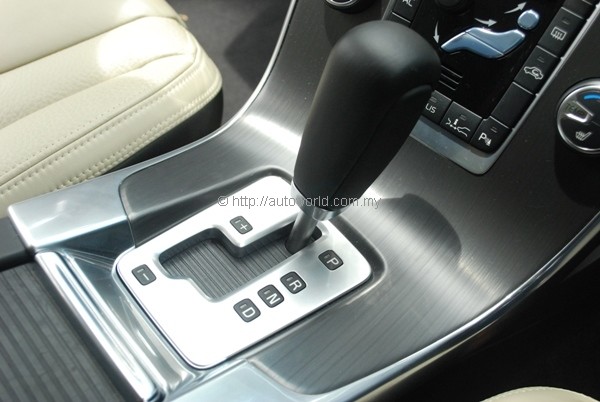 |
| 6-speed Powershift twin clutch transmission from Getrag. |
The Test Car
Our test car for this review is a fully imported unit of the T5 variant, but since stocks have already run out for this particular option, it’s price tag of RM288,000 has little meaning to us now. As mentioned earlier, that is the price before insurance, which our insurance calculator estimates to be in the region of RM7,700.
Getting your S60 equipped to the level of our test car, however, will involve a bit more money than that as you will be faced with VCM’s lengthy list of options, of which almost every item are fixed with four-figure price tags. To give you the bottom line, the final accessories bill of our test car adds up to RM23,383, and items in its arsenal include rear seat entertainment, bumper skid plates, side scuff plates, sports pedals, boot lid spoiler, and rectangular tail pipes.
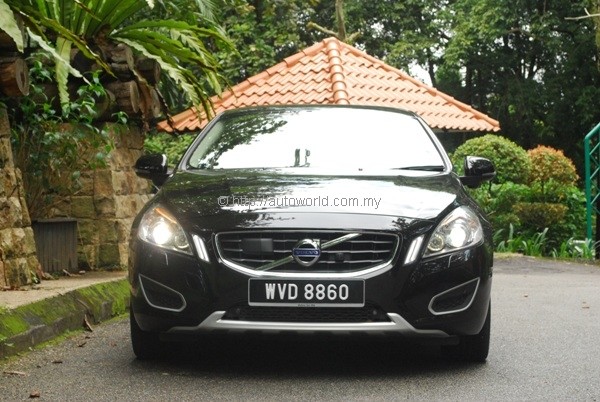 |
| The bumper skid plates at RM1,397 to the purchase price. |
The most useful option ticked by our test car would be the front blind view camera which is a RM2,789 item. You can add a rear parking camera to the list for RM2,974, and that must be opted together with a GPS navigation package. The last two items were not bundled into our test car, but they are standard fitment for the T6.
Although the list of options are staggering and somewhat frightening in prices, standard kit can also be described as generous, and Volvo deserves praise for bundling in the things that count, most notably safety gear, into the base purchase price. Items such as Dynamic Stability and Traction Control (DSTC), City Safety, Adaptive Cruise Control (ACC) with Queue Assist and Distance Alert, Collision Warning with Auto Brake, Blind Spot Information System (BLIS), and a clutch of airbags are among many goodies at your disposal without the need to tick any boxes.
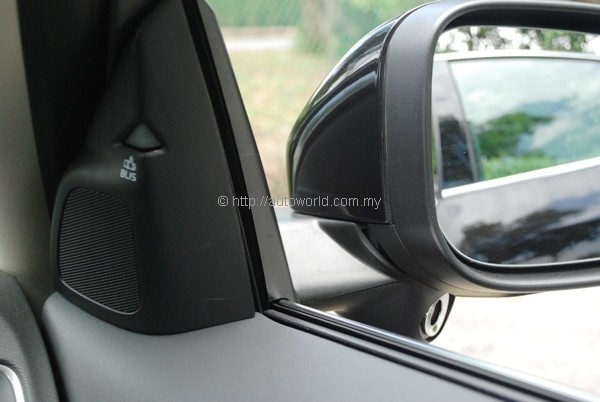 |
| BLIS is standard together with a lengthy complement of safety features. |
Cabin
Volvo cabins generally give us little to complain about. Ergonomics are pretty spot on as all controls are well-positioned and within easy reach. Quality is spot on too, with generous dosages of soft touch plastics and switch gear that make all the right clicks when pressed. The trademark floating centre console is angled just right for the driver to comfortably operate all of its buttons – but only when stationary.
On the move, we start to realize that the close grouping of the various dials and switches on that central panel makes it almost impossible to locate controls without looking, and that’s quite a bummer when you want to quickly adjust your blower speed or temperature setting when doing 110kph on the highway. One thing that I never quite got myself accustomed to was the electronic parking brake, which to me had a less than intuitive interface of pushing to engage and pulling to disengage.
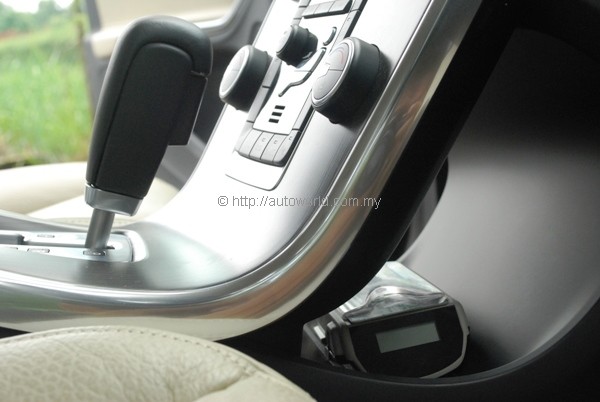 |
| Objects can be hidden out of sight behind the floating console. |
Driving It
Thus far, the S60 adds up to a promising package. It has a solid platform, decent drivetrain, the best Volvo design in years, and yet retaining the brand’s traditional focus on safety. The question as we hit the road now is does the S60 live up to the lofty promise of being the most dynamic Volvo ever?
Well, let’s start with straight line pace, of which there is no shortage, but we already expected that having sampled a lower-powered version of this engine in the heavier XC60 2.0T. The engine and transmission combo lacks the smoothness and finesse of VW Group products, but bear in mind that Wolfsburg has dabbled in turbocharging, direct injection and dual clutch transmissions for a lot longer than the combined efforts of Ford and Volvo here. I am a little surprised at this too, but I found the gruff soundtrack of the engine having a sporting quality to it when gunned.
A further plus point is that the Getrag dual clutch unit here has greater low-speed smoothness than VW’s Borg-Warner units, and it still gets the job done at higher speeds. Hill-hold control is standard offering, so unfamiliar drivers won’t get caught out by roll back when taking off from up-slopes as you would with dual clutch vehicles not so equipped.
On the handling front, the S60 holds its own pretty well, although its primary ride quality was surprisingly harsh. Certain highways, which I have always perceived as smooth in the past, suddenly had undulations when I was behind the S60’s wheel. We attribute this firm ride to Volvo’s decision to equip Malaysian-spec cars with the more dynamic Sport chassis, which not only sports different damper settings than the normal chassis, but built with different front and rear subframes altogether.
The steering wheel offers good grip to the driver, being made of the right materials and having wheel diameter thickness of the right size. You have the option of choosing between three levels of steering assist – Light, Medium, or Heavy. Those of you from the enthusiast camp might immediately want to dial it to ‘Heavy’, but at that setting, the steering’s weight feels artificial. ‘Light’ blankets out too much feedback, so that leaves ‘Medium’ as the most satisfying ‘Goldilocks’ setting, which was my preference most of the time.
Verdict
The S60 is perhaps Volvo’s most serious and credible effort in its attempt to wrestle a slice of the pie that has been monopolized by the Germans for years. No longer the boring uncle’s choice, the S60 has the styling and dynamism to make it a genuine contender amongst the young and young at heart.
Where the S60 lost a few marks is its ride, which was surprisingly stiff. Granted, it allowed the S60 to corner harder and flatter than we would expect of a Volvo, but the reduced comfort levels may serve to alienate the segment of Volvo’s clientele looking for a stylish but still comfortable mode of transport. A slight compromise in the direction of comfort might have been preferable.
At RM288,000, the S60 T5 might be a little difficult to justify when you have the likes of Mercedes’ C 250 CGI and the BMW 323i available for comparable amounts of money, say nothing about the Volkswagen Passat CC and Skoda Superb which go even cheaper. However, if the CKD versions hit the road at the promised prices, the S60 then becomes a more compelling preposition.




